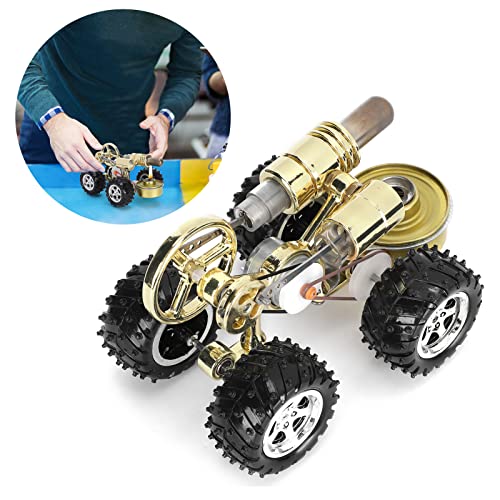Love2Piddle
New Member
New here and already see there is a lot to learn and to make!! To date I have only dealt with steam engines made by others but have my eye on a kit to make an engine myself. I recently obtained a boiler that has had the original single burner replaced with two controllable burners. It is a Stuart 504. My question is does anyone recognize the burners in the picture, what did they use for fuel and the approximate age or date of mfg., etc. Thanks for any help anyone can provide. Ed























![MeshMagic 3D Free 3D Modeling Software [Download]](https://m.media-amazon.com/images/I/B1U+p8ewjGS._SL500_.png)











![DreamPlan Home Design and Landscaping Software Free for Windows [PC Download]](https://m.media-amazon.com/images/I/51kvZH2dVLL._SL500_.jpg)




























